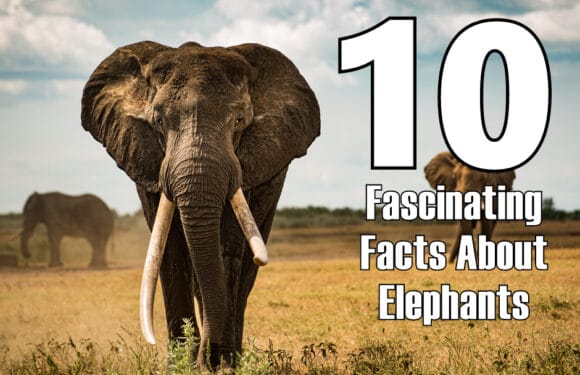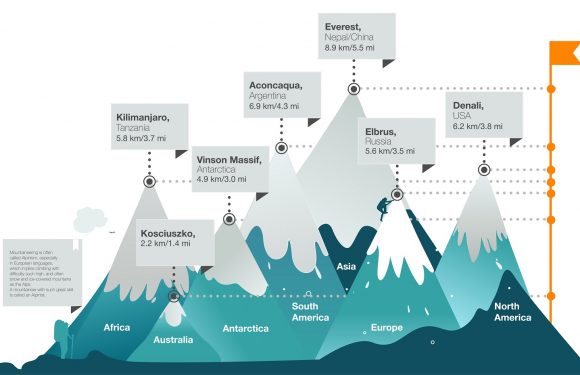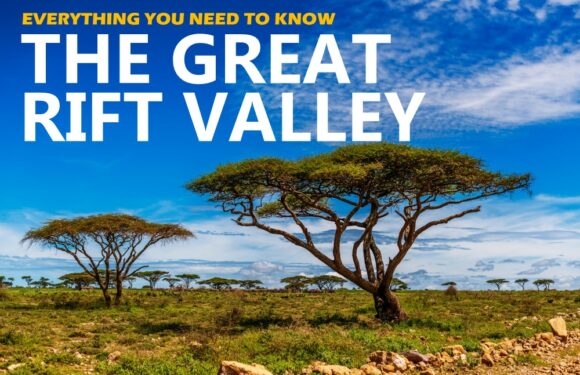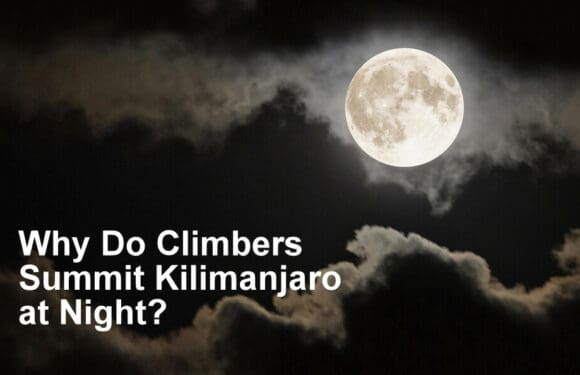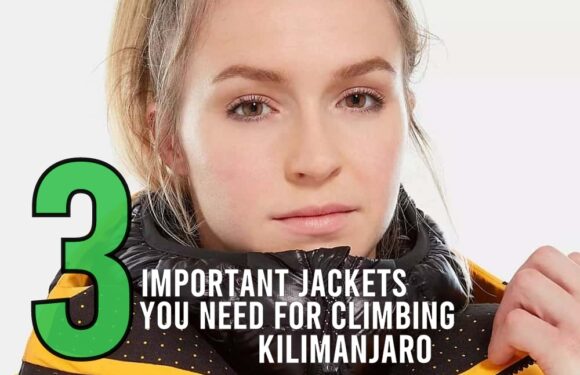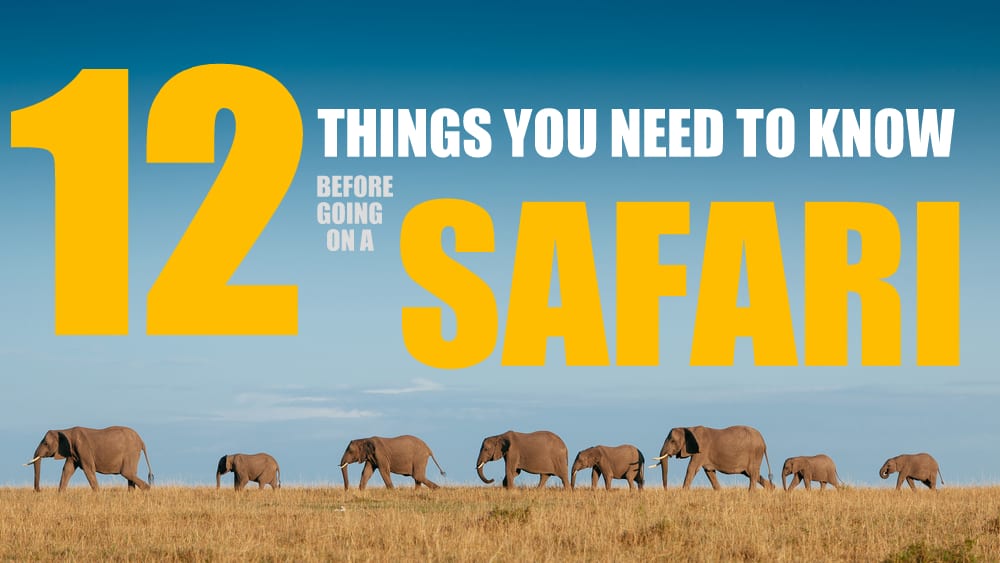
Are you planning on going on a safari in Tanzania? Wondering what it is like to view wildlife in the country’s national park and conservation areas? Here are 12 important things you need to know before booking your safari.
1. Tanzania is the ultimate safari destination.
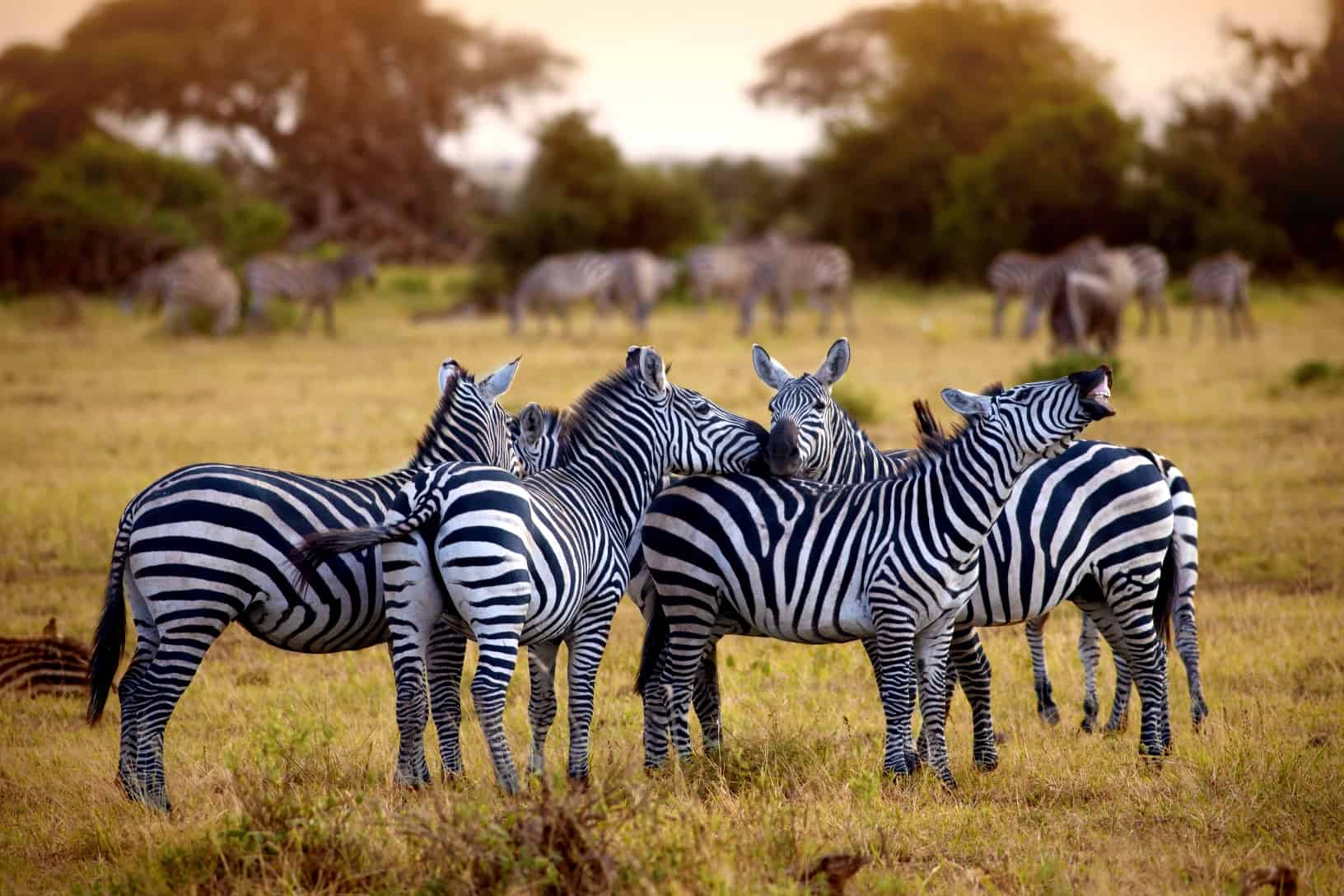
We might be a little biased, but we believe Tanzania is the best country for an authentic African safari. But don’t take our word for it. There are at least 20 African countries where one can go on safari, but surveys of both tourists and expert travelers regularly rate Tanzania as the top safari destination.
A Tanzanian safari is on many people’s bucket list and for good reason. The country is home to two of the most well-known and amazing places for wildlife viewing – Ngorongoro Crater and Serengeti National Park.
Ngorongoro Crater is a magical place as the world’s largest intact caldera encompassing 100 square miles/259 square kms. And because the crater wall presents a natural barrier, the animals do not leave. You can see lots of animals, including some 25,000 species, in just this one spot.
The Serengeti needs no introduction as the world’s most famous wildlife park. The name is derived from the Maasai language and means “endless plains.” It spans approximately 12,000 square miles, or 30,000 square kms, and is renowned for its annual migration of nearly two million wildebeest.
Three more parks – Tarangire, Lake Manyara, and Arusha National Park – each with its own attractions, bolster Tanzania’s elite safari reputation and make up the country’s popular Northern Circuit.
2. It’s not exactly like the Discovery Channel.
When you watch nature shows on television, you are being entertained by a well edited story line featuring spectacular footage acquired over many months of filming. A lion battles a pack of hyenas after wandering into their territory. A cheetah runs down a darting antelope in a high-speed chase. A crocodile nabs an unsuspecting wildebeest at a river crossing. We love these shows too for their educational and entertainment value.

Though a real safari can’t visually compare to a high budget production you see on TV, what you see on TV can’t compare to the raw, unscripted action that plays out before your own eyes on a live safari. Witnessing a successful hunt is one of the most thrilling (and potentially brutal) events that can be experienced. In the animal kingdom, the harsh reality is that animals prey on other animals every day. However, the vast majority of occurrences happen well out of sight. Personally seeing a kill is not common.
Your chances of observing a hunt increase as you spend more time in the field. It’s just a matter of being at the right place at the right time.
3. Get ready for a bumpy ride.
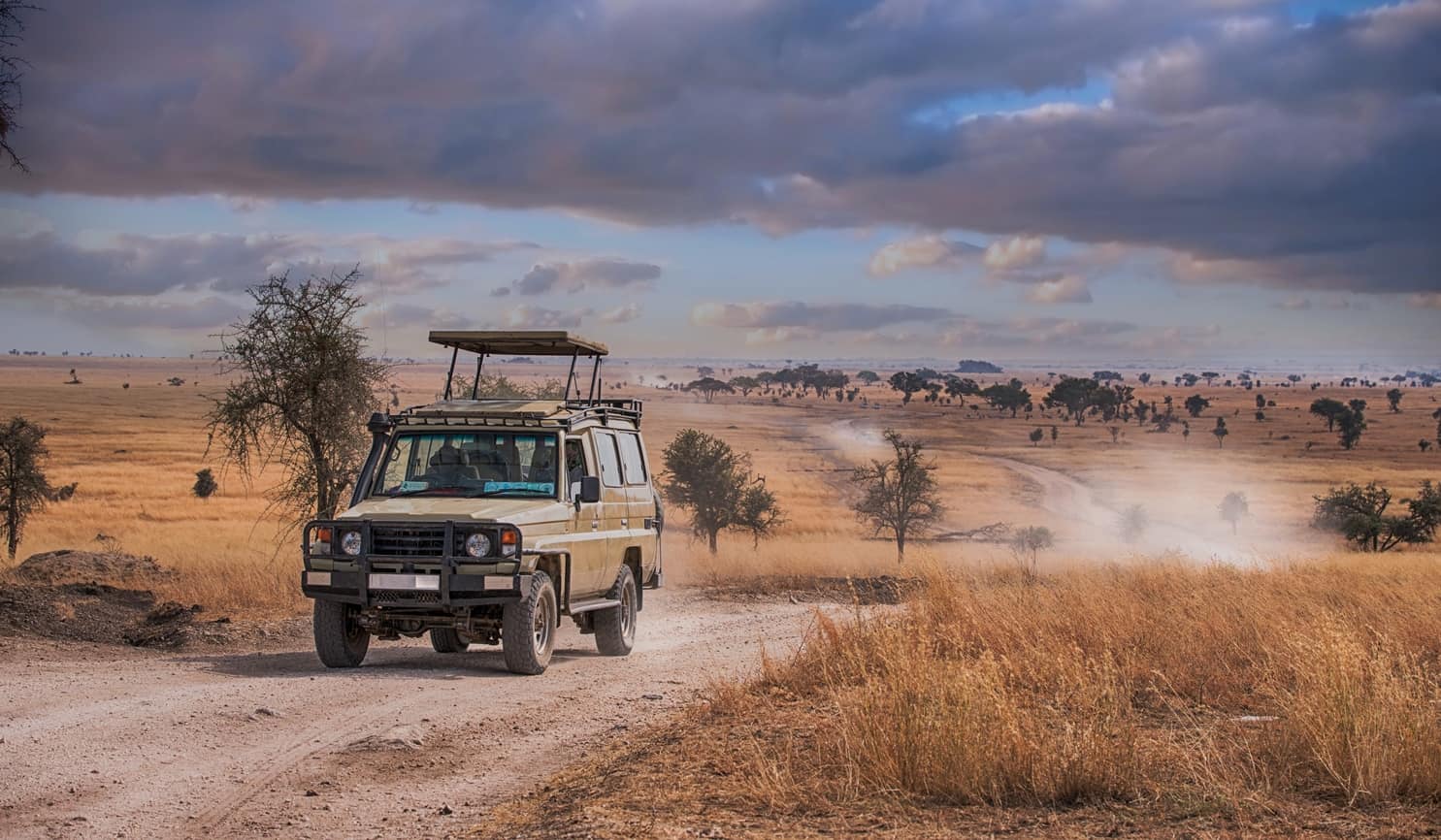
The roads inside the parks are unpaved consisting of dirt and rock, as are many of the roads between the parks. In other words, be ready for bumpy rides day in and day out while on your safari. The constant bouncing around in your car seat is jokingly referred to as an “African massage.” You will be treated to one daily (it’s not an actual massage, sorry).
Along with the bumps comes the dust, especially in the dry season. Following behind other vehicles or passing oncoming cars means driving through clouds of dust. Don’t expect to stay spotless on your safaris. We recommend bringing something to cover your nose and mouth such as a Buff, neck gaiter or bandana in case it gets bad or for people with some respiratory issues.
Lastly, safaris can be surprisingly tiring. You will be spending most of your day in the car. It is nice to be able to get some modest rest between animal sightings or while transferring to a different park. To sleep easier in the vehicle, bring a quality neck pillow.
4. Safaris are not dangerous, as long as you don’t get out the car.
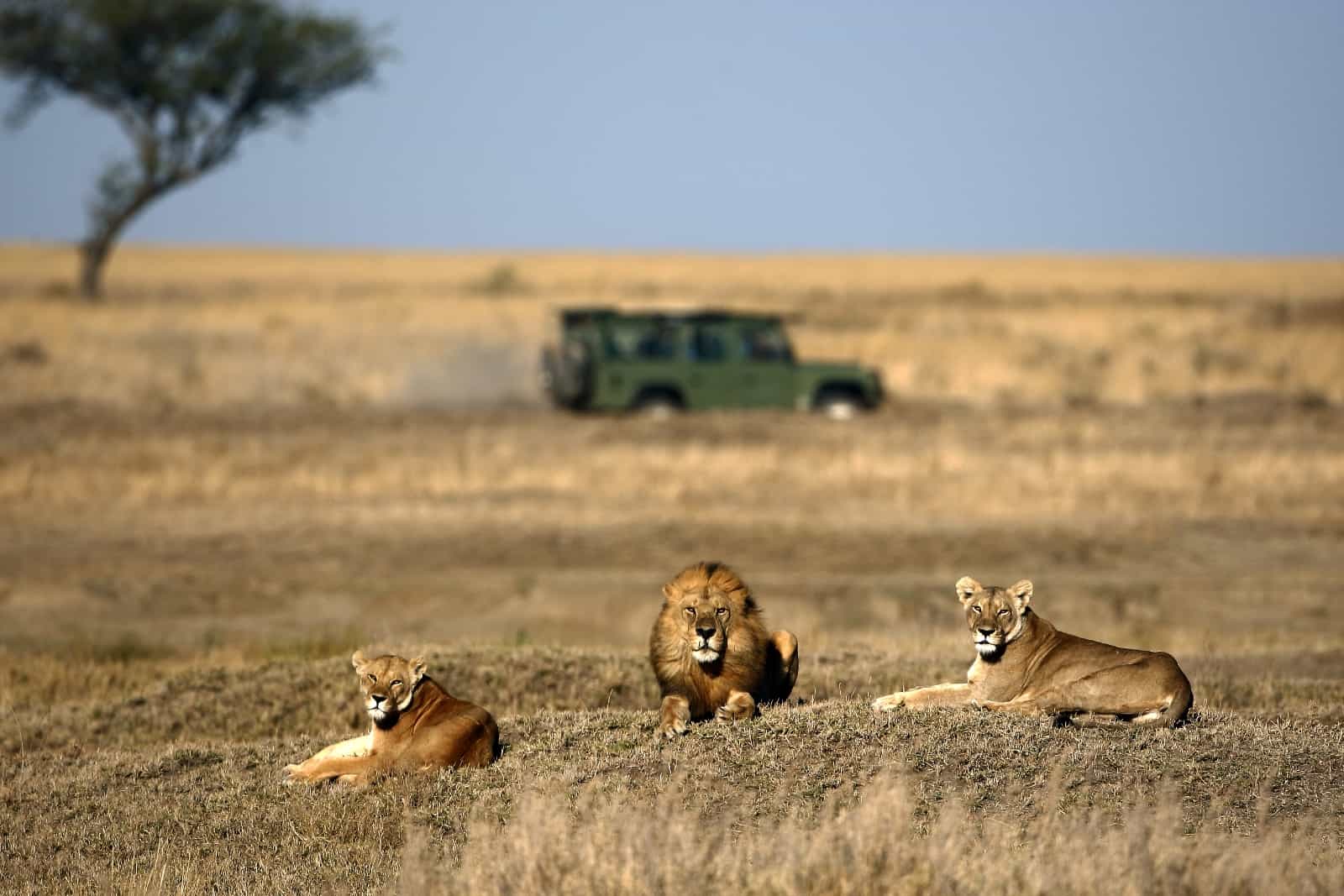
Ultimate Kilimanjaro® safari vehicles are custom made, four wheel drive Land Cruisers with pop up roofs. When the roof is open, there is no barrier between you and the animals. Do not be alarmed. Safaris are not dangerous; guides do not carry guns. Though the animals are indeed wild, they are also accustomed to the presence of humans in vehicles. For their entire lives, they have seen cars regularly driving across the savanna and have grown to ignore them. The animals do not attack tourists. Their non-reaction is what allows us to observe them freely in their natural habitat without disrupting their normal behavior.
There are times when the animals will interact with visitors. For instance, lions will sometimes lay underneath the car to get some shade. A cheetah might jump on the vehicle to get a better view of its surroundings (if that happens, stay calm). These can make for very special moments. See the video below.
The most important thing to remember is to stay in the car except for designated areas where it is OK to exit. Animals are not used to seeing a person is outside the vehicle. As a result, the once harmless object (human in a car) is now a possible threat or potential prey. Neither of these are desirable outcomes. Again, DO NOT GET OUT OF THE CAR.
If nature calls, let the guide know so he can take you to a restroom, or find a safe, clear spot for you to get out.
5. Safari guides are experts at finding animals.
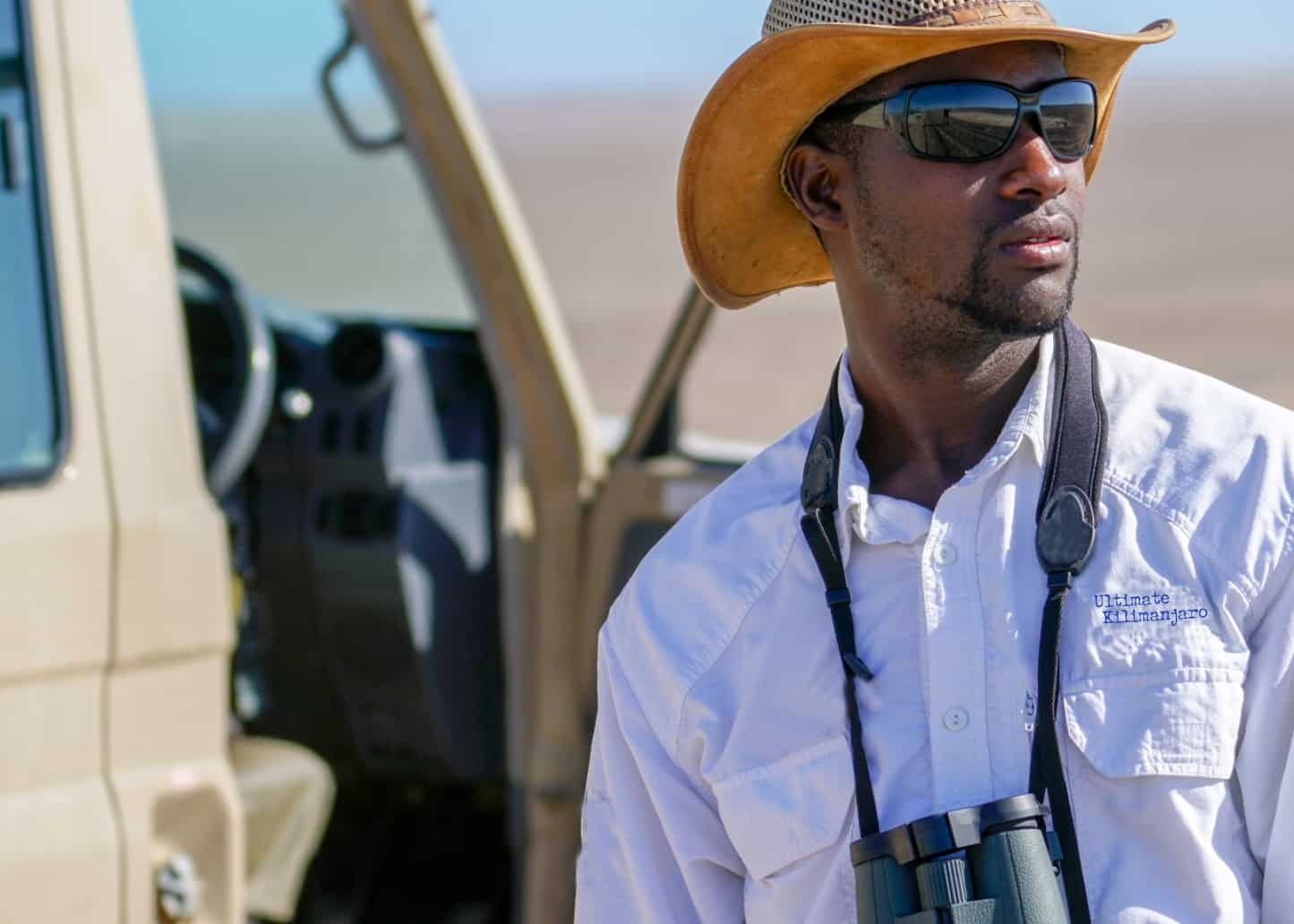
Ultimate Kilimanjaro® safari guides are true professionals. They have many years of experience in Tanzania’s parks and extensive knowledge of wildlife behavior. Like second nature, they know what area the animals are likely to be (or not be) at any given time.
The guides also will speak to other guides. This communication, which is done either as they encounter each other on the road or through the radio, is vital. By working together, they share valuable information on sightings that are occurring in real time in the park. So though it might appear as if the guide is stopping to chat with his buddies, he is actually gathering data to help him decide where to best take you next.
During a safari, spotting elusive animals is part of the thrill. Being able to find animals is a skill. Experienced guides can often see animals far away in the distance even as they are driving, while tourists with an untrained eye can’t identify an animal even after being shown where it is. But after a few days, your safari eyes tend to improve, and who knows? Perhaps you may even spot a rare animal before the guide does near the end of the trip.
6. You will see lots of animals, but maybe not every type of animal.
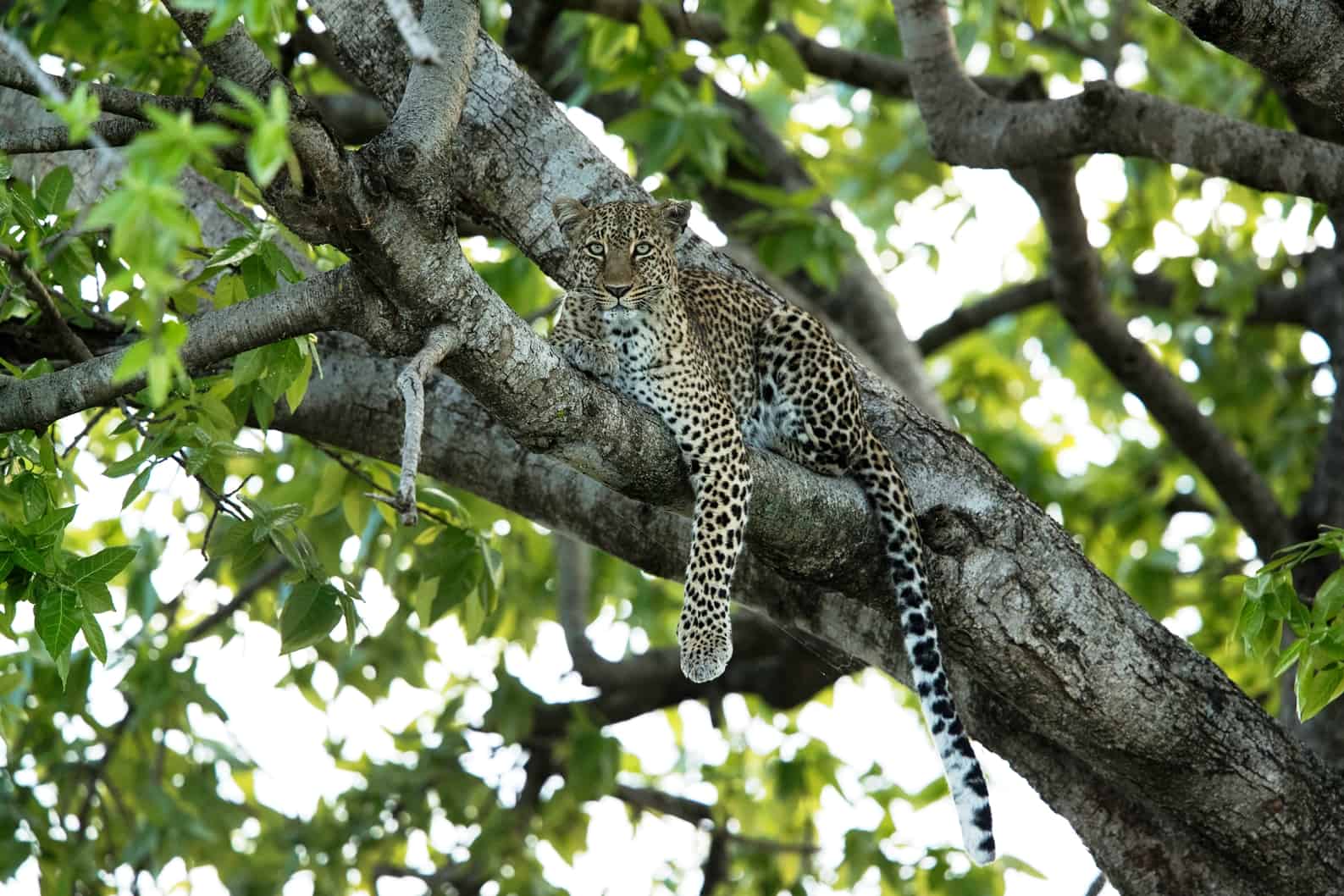
You came on a safari to see animals, and animals you shall see. Each park has its own geography that brings its own mix of wildlife. Some animals are very easy to see as they are plentiful, herd together and stay in open areas. Animals such as gazelle, zebra, wildebeest, and buffalo fall into this category. By sticking close to one another, they collectively look out for predators that seek to make a meal out of these herbivores. Other animals that are readily seen include baboons, hippos, giraffes and elephants. Lions, because they live in family units called prides, are not particularly difficult to locate.
The term “Big Five” refers to the lion, leopard, elephant, buffalo, and rhino. These animals were once known as the most dangerous and difficult animals to hunt on foot. Today, they represent the most sought after safari sightings.
So which animals are hard to find? The rhino, for one. There are so few left that coming across one, especially at close range, is an uncommon occurrence. Cheetah are solitary hunters who stay well hidden in tall savanna grasses. The leopard is the most difficult to see of the big cats because they lurk up in the trees. The way to spot a leopard is to look for its tail among the branches.
7. The guide is the driver. You make the calls.
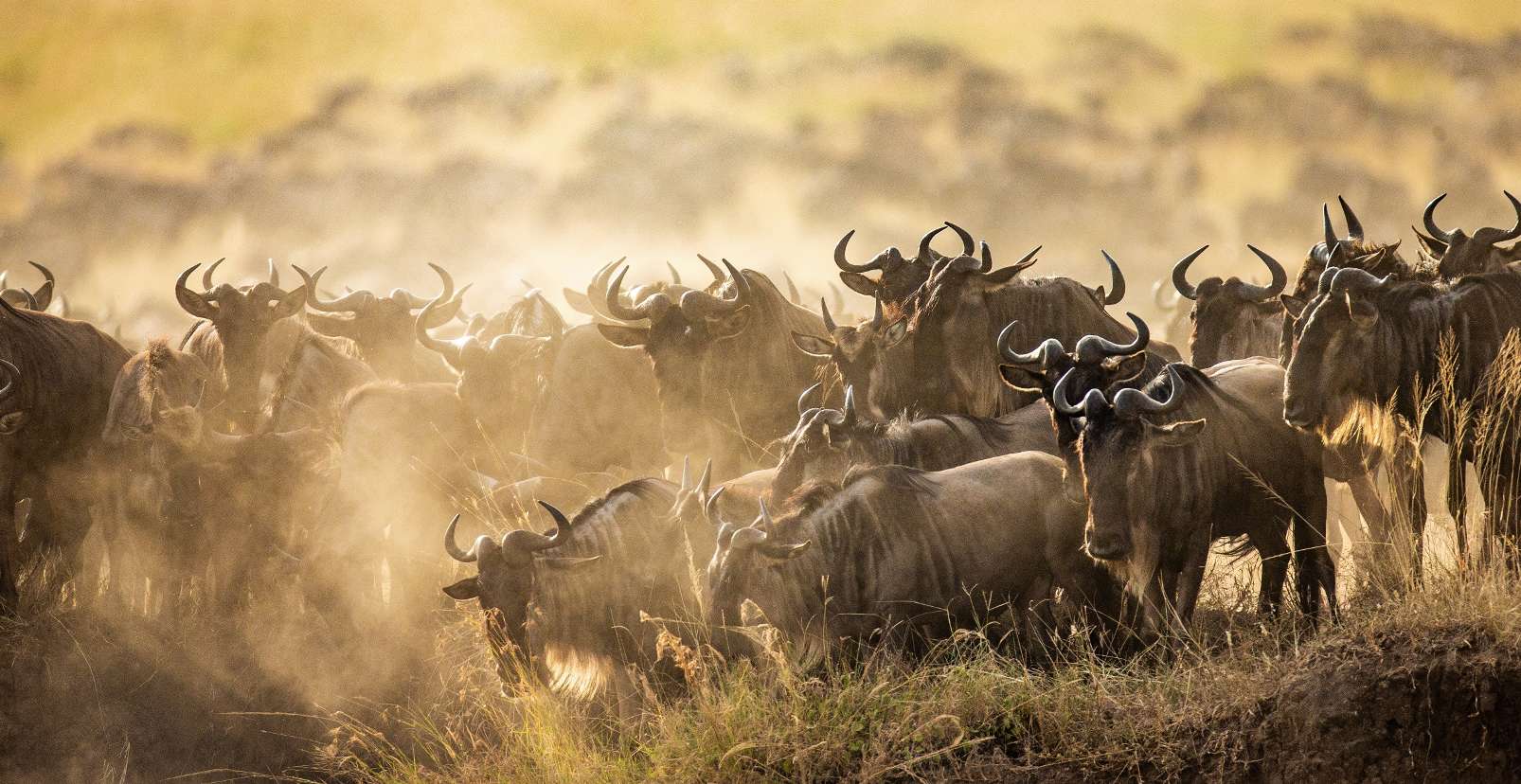
Remember that the safari guide is there for you and your party only (all our safaris are private). Therefore, you decide what kind of animals to look for and once you find them, how long to observe them. If you have a particular interest in seeing a certain animal, let the guide know and he will be on a mission to locate it for you. Similarly, if you do not care to see a specific animal, tell the guide so he does not needlessly search for or stop for it.
While engaged in a wildlife sighting, feel free to stay and watch for as little or as long as you want. Just communicate with your guide so he knows how to provide the best, personal safari experience for you and your group. If you have had enough game viewing for the day, ask to head to the hotel or camp for the evening and retire early.
Generally speaking, we can arrange a safari for any dates provided we have the staff, vehicle, and accommodations available. It is best to book early to ensure space especially during the busy season (July through October and December through February).
8. Five days is the ideal safari length.
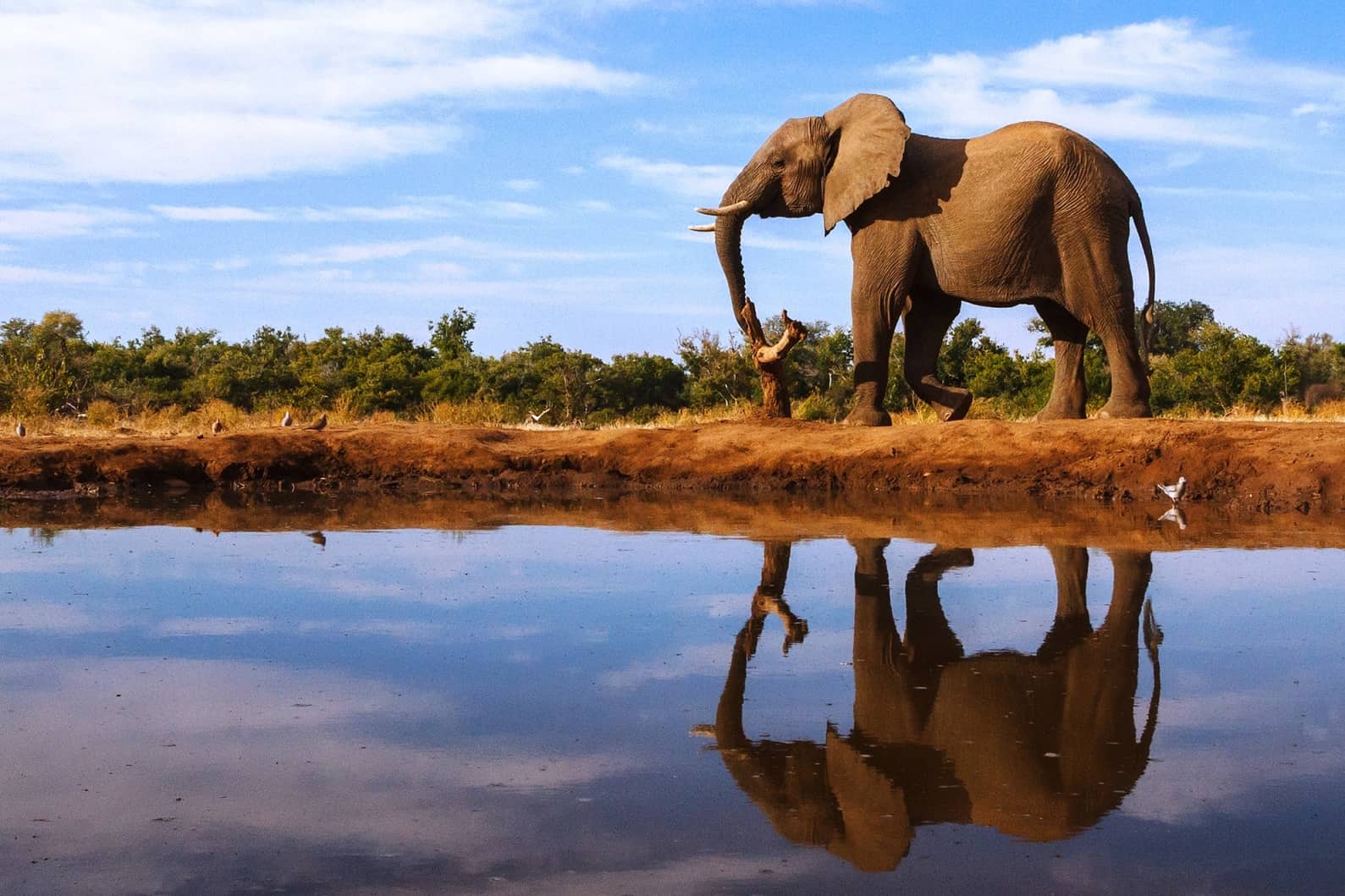
Ultimate Kilimanjaro® offers safari itineraries ranging from a day trip to seven days to suit any schedule. Most of our clients who came to climb Kilimanjaro are equally excited about going on a safari. The thought is, “We are already here and certainly do not want to miss out!” The two destinations that are must sees are Ngorongoro Crater and Serengeti National Park.
As mentioned in point one, Ngorongoro Crater has a high density of animals and home to a diverse number of species. Here, visitors can see many animals in a short period of time, making Ngorongoro Crater the place to go for those with a narrow window for a safari. The crater is about a four-hour drive from Moshi, so it is impractical to visit in a day. However, all of our itineraries greater than one day visit Ngorongoro Crater.
Farther north lies the Serengeti, the world’s best known wildlife sanctuary and the country’s national treasure. The park has been named as one of the seven natural wonders of Africa, unequalled for its unspoiled natural beauty. All of our itineraries consisting of four days or more visit Serengeti National Park. Our most popular itinerary is the five day safari, which visits four parks (Ngorongoro Crater, Serengeti, Tarangire, Lake Manyara). Safari goers on this trip will experience a satisfying variety of landscapes along with a good balance of game drives to travel time.
9. You can soar above the Serengeti.
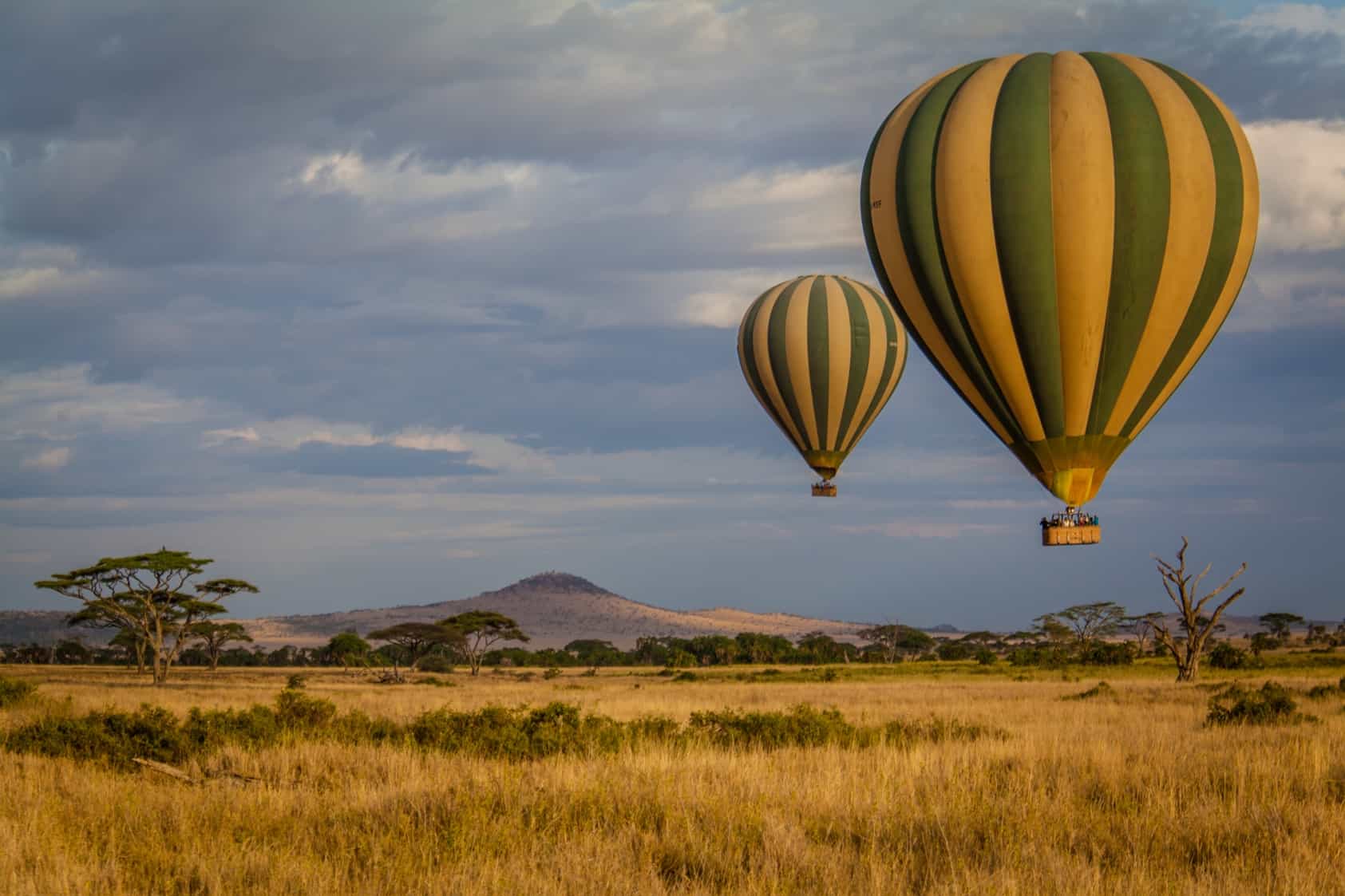
If you are looking for more adventure, add a hot air balloon ride to your travel plans. This unique opportunity, available only in Serengeti National Park, gives you a bird’s eye view of the park’s open landscape in areas where vehicles are not allowed. You might see a large herd of wildebeest, a pride of lions, a crowded hippo pool, and more. Each day is different.
The balloons launch as the sun rises, and float in whatever direction the winds blow. The pilot navigates as much as possible (you can’t really steer a balloon) by using the burner to gain or lose altitude, sometimes flying higher than 3000 ft/1000m and other times hovering as low as a few feet off the ground. The flight time is about one hour.
Though quite pricey, a Serengeti hot air balloon ride is sure to be one of the most memorable highlights of your trip. Our clients describe it as one of the most serene and surreal activities they’ve ever experienced. Hot air balloon rides must be booked in advance and are available as an add-on to safari itineraries of five to seven days.
10. Tented camps are pretty cool and plenty comfortable.
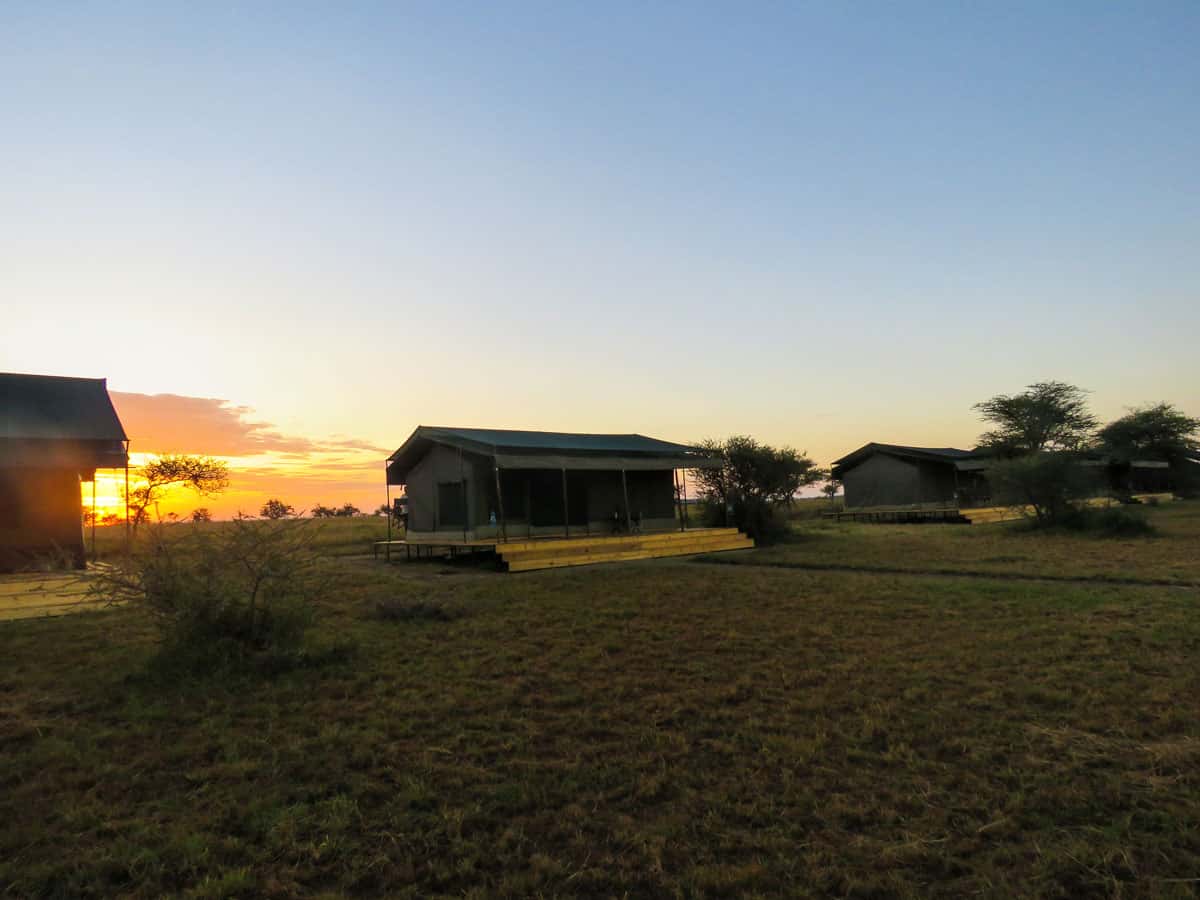
Safari accommodations consist of standard lodges and the more rustic tented camps. Standard lodges are typical hotels we have all been to before. Tented camps, on the other hand, are large canvas tents set on top of a solid base.
Though they may look a bit primitive, they are actually very comfortable, modern settings. These accommodations have electricity, wifi and running water. Each tent is furnished with beds, tables and chairs, linens, mosquito netting and a covered porch. The en suite bathrooms have flush toilets and hot showers.
The typical safari day consists of a hot breakfast at the tented camp (or lodge), followed by a game drive or a drive to the next safari destination (which can vary from one to two hours). Picnic lunches are taken inside the park while a hot dinner is served back at your accommodations.
11. You don’t need any special gear.
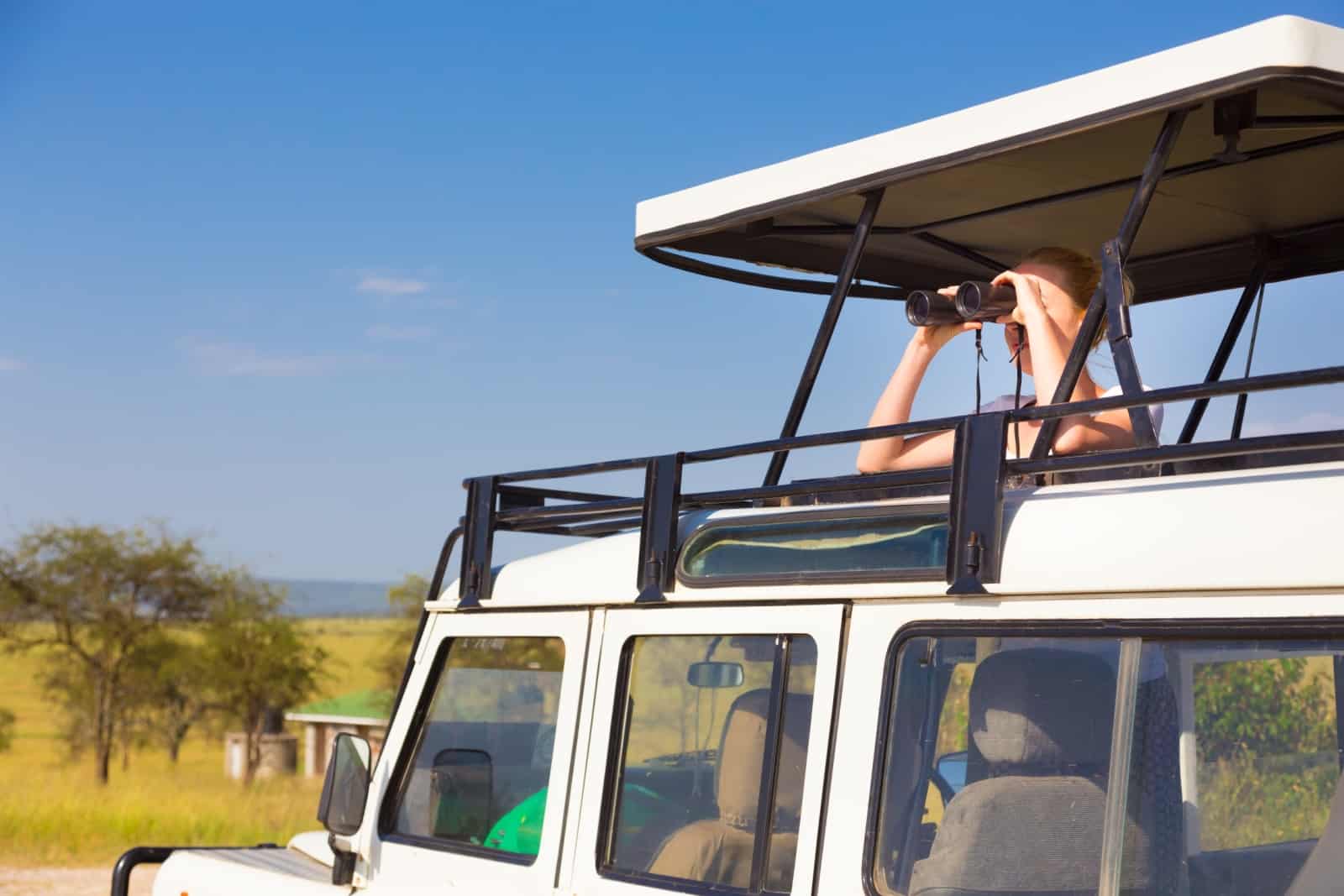
Most of safari clients are also climbing Kilimanjaro during their visit. As far as gear goes, there is no additional clothing or special equipment you need for the safari. Your tee shirts, base layers, pants and shorts you brought for trekking will work just fine. If you want to sport the traditional safari look, a button down shirt and wide brimmed hat can complete the look. Don’t forget to bring a fleece or hardshell for chilly weather. It can get cold in the highlands and in the evenings.
One thing you might consider bringing is a pair of binoculars. However, the guide will usually have his own pair so it is not really necessary.
Below is our recommended safari gear list.
Headwear
1 – Brimmed Hat, for sun protection
1 – Bandana, Buff or Dust Mask, for face coverage for dust (optional)
Technical Clothing
1+ Long Sleeve Shirt, for protection from the sun
1+ Short Sleeve Shirt, light-weight, moisture-wicking fabric
1+ Hiking Pants
1 – Soft Jacket, fleece or soft-shell, for cold temperatures at night
1 – Waterproof Jacket, breathable with hood
1 – Shorts (optional)
1 – Bathing suit (optional)
2+ Underwear, moisture-wicking fabric recommended
Footwear
1 – Hiking Boots or Walking Shoes
1 – Sandals or Flip-Flops (optional)
2+ Socks
Accessories
1 – Sunglasses
1 – Neck Pillow, for napping in the vehicle (optional)
1 – Backpack, small
Other
Sunscreen
Lip Balm
Insect Repellent, containing DEET
Headlamp or Flashlight
Camera, with zoom lens of 300mm or more (optional)
Binoculars (optional)
12. For awesome photographs, bring a big lens.
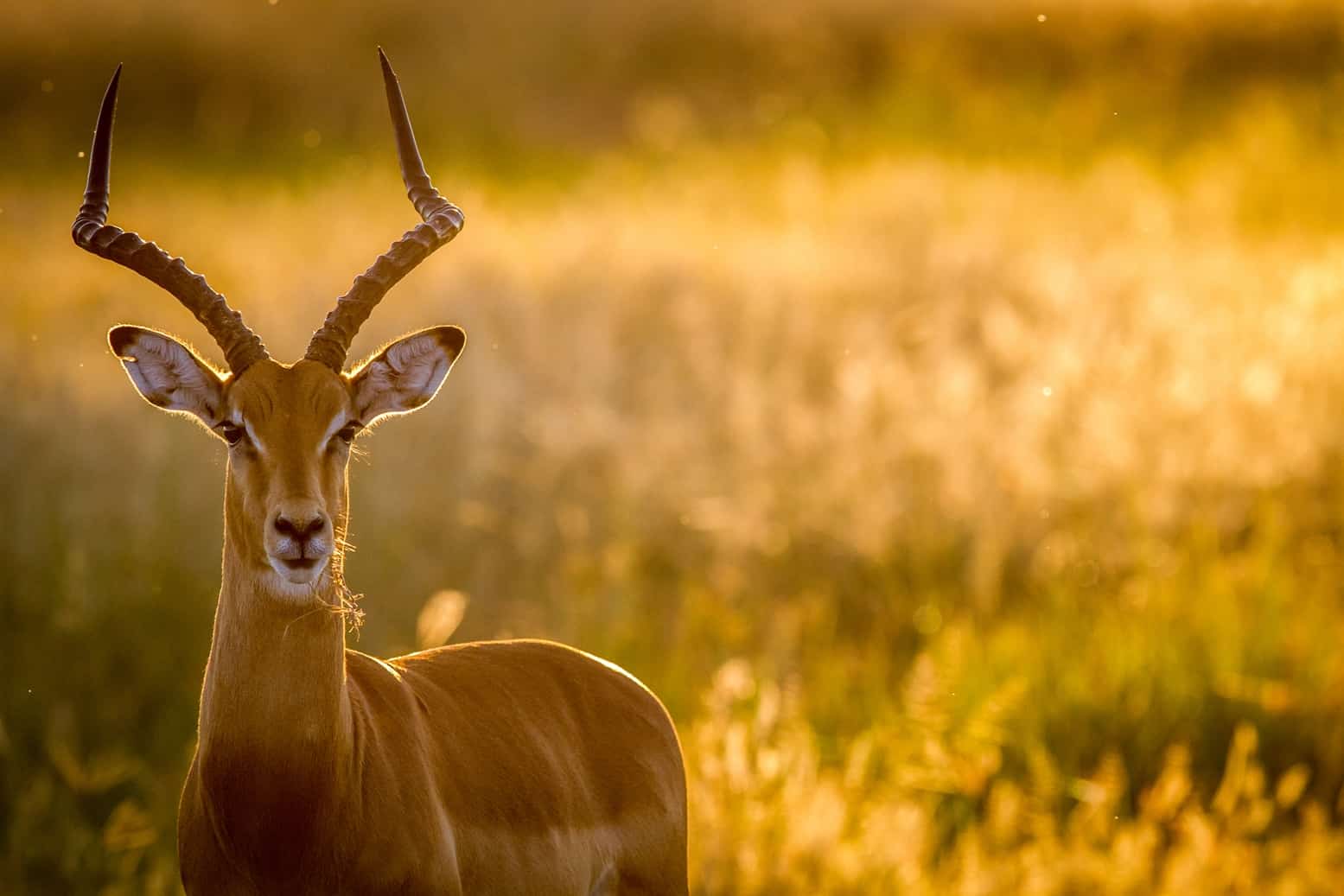
Most of our clients go on a safari (and climb Kilimanjaro) with just their smart phones. Simple, compact point and shoot cameras are also very popular. These options are totally fine for getting nice photos of your safari experience. You will have endless opportunities to snap photos of animals and the landscape. Just understand that to get more detailed, close-up shots, the animals would have to be in close proximity to the vehicle, which is not always possible.If you are an avid photographer, or simply yearn for dazzling pictures, it is recommended that you bring a DSLR camera with at least a 200mm lens. A 300mm or longer lens is preferred. Being equipped with a powerful telephoto zoom lens will allow you to get some truly stunning photos. If you don’t have one, and want to avoid the big expense, you could rent lenses rather than purchase them outright from companies like Borrow Lenses.
Download our Safari Guide.
Download our Kilimanjaro guide.
Want a no obligation trip quote? Click here.























































